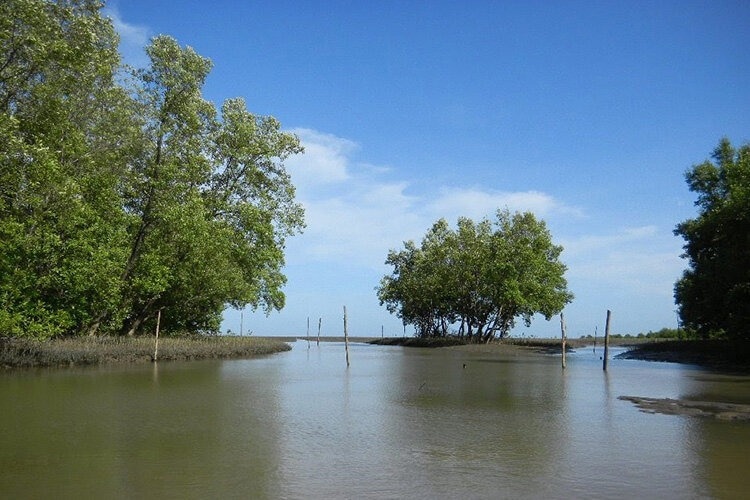
Image Credit: Institute of Industrial Science, The University of Tokyo
Mangroves are found along tropical coastlines and are commonly flooded by seawater. These unique species are well adapted to tropical coastal environments and have unique features such as salt-tolerant tissues and aerial roots that allow them to flourish under dynamic environments.
Thus, the mangrove forests’ productivity is affected by a variety of environmental factors, such as salinity, sea surface temperature, and photosynthetic active radiation.
Earlier, light use efficiency models were used to measure the productivity of terrestrial forests but no similar models exist for the more complex mangrove ecosystems.
Previous attempts to model mangrove productivity have used field measurements and produced estimates at a local scale. But to truly understand the capacity for mangroves to store carbon, global assessments are needed, and these require measurements of environmental conditions on a much larger scale.
Yuhan Zheng, Study Lead Author, Institute of Industrial Science, The University of Tokyo
To achieve this, the researchers used satellite data to create a productivity model that is more suitable for mangroves. Remote sensing can be used to gather data about the environment across large areas and over a span of time.
The scientists created a model that took into consideration all the effects of tidal inundation and then integrated the model with satellite data on photosynthetically active radiation to predict the productivity of mangrove forests throughout the coastline of China.
We checked the results from the model against measurements of productivity from carbon flux towers, which measure changes in carbon between the mangrove canopy and the atmosphere.We found that our model could accurately estimate mangrove productivity.
Yuhan Zheng, Study Lead Author, Institute of Industrial Science, The University of Tokyo
Compared to a terrestrial model that was tested, the study model worked better.
As the world aims to find ways to alleviate the impact of climate change, there is an increasing appreciation of the value of untouched mangrove forests. This new model signifies a crucial step toward comprehending the carbon storage capacity of mangroves.
Journal Reference:
Zheng, Y. & Takeuchi, W. (2022) Estimating mangrove forest gross primary production by quantifying environmental stressors in the coastal area. Scientific Reports. doi.org/10.1038/s41598-022-06231-6.